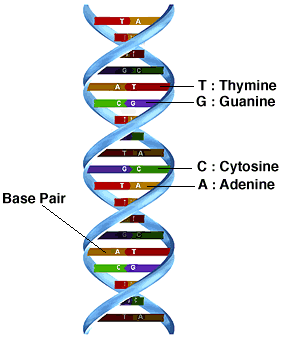TSOC '16 Contest 1 #6 - Joey and Biology
View as PDFis a purportedly professional programmer. However, his IQ is below average, so we wish to confirm that he is actually human. the biologist isolated one DNA strand coding for the same gene from both Joey and a test organism (one per test case). Now we wish to quantify how different Joey's DNA is from the test organism's. Test organisms include raccoons, larvae, and phytoplankton.
The difference between two strands of DNA is quantified as the following: The minimum total amount of edits that need to be made to either/both strands to make them equal. An edit can be one of the following: deleting one, two or three consecutive base pairs from a strand, adding one, two or three consecutive base pairs, or changing a base pair to a different one.
Input Specification
On the first line, two integers
On the second line, a string A, T, C and G representing Joey's DNA.
On the third line, a string A, T, C and G representing the animal's DNA.
Output Specification
A single integer, the quantifiable difference between the two strands of DNA.
Scoring
It is guaranteed that
It is also guaranteed that
Sample Input
4 6
ATCG
ATCGCGSample Output
1Explanation
One can delete a CG from the test organism to make the strings equal, which is only one edit.
Biology Lesson

Since we only took one strand of DNA, a base pair refers to only one character provided in the input. This is because DNA is double-stranded and complementary, such that knowing the coding of one strand gives you the other strand's coding also (A-T C-G generally). Therefore, in the sample input, the DNA strands are 4 base pairs and 6 base pairs in length respectively.
Comments
why does this need recursion just wondering
It is one way of solving this problem since you can do dp with recursion as well.